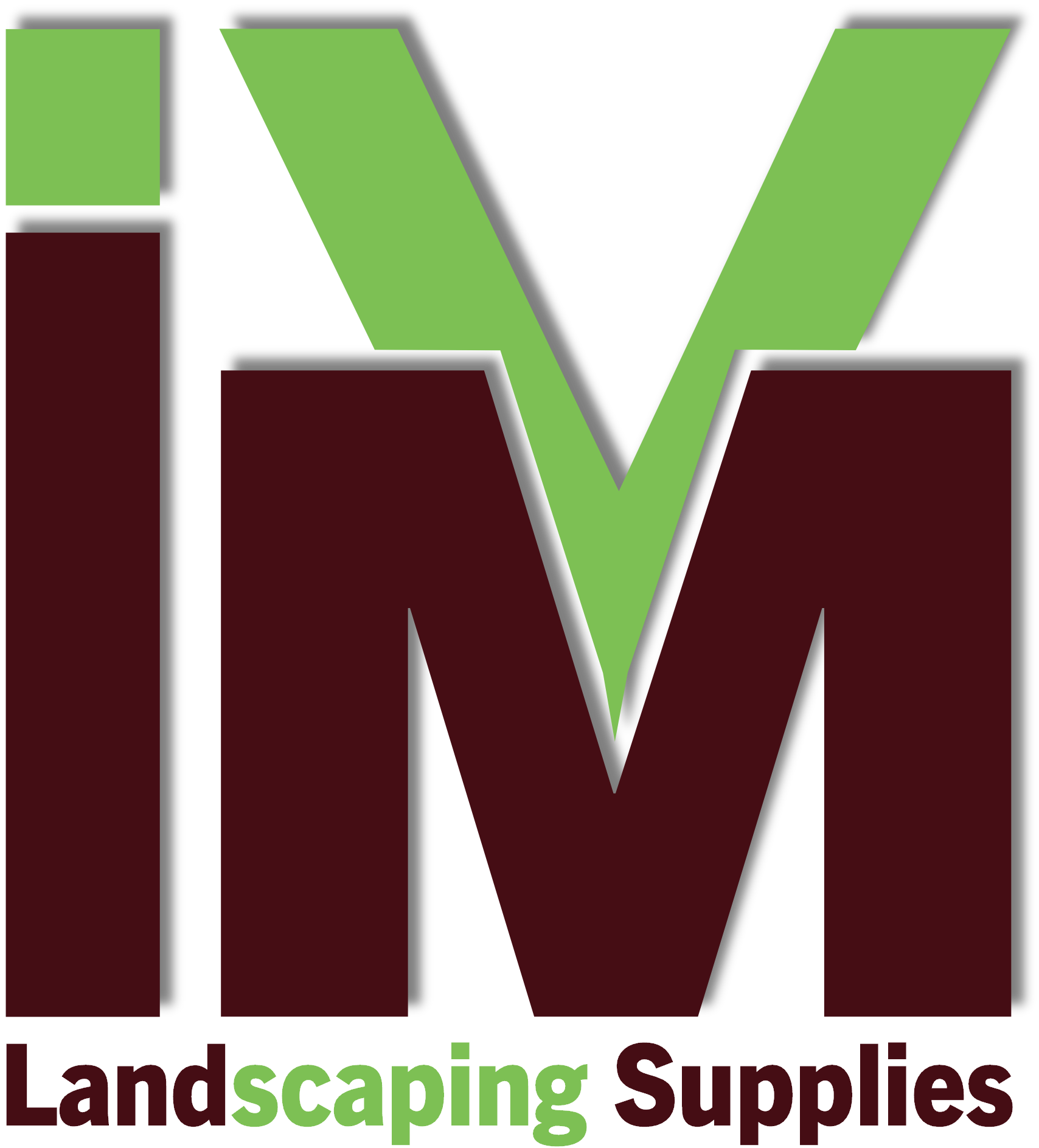IVM Landscaping Supplies – Tackling the bush by the thorns
Bush Encroachment Management
Bush encroachment is defined as the rapid expansion of bush and shrub species to the detriment of the herbaceous (grassy) layers in an area. Bush encroachment is a problem in many parts of Southern Africa and the driving forces behind this phenomenon are still being researched extensively. It’s important not to confuse bush and shrub encroachment with alien plant invasion as bush thickening can be brought on by non-invasive species.
According to one study, bush encroachment affects the agricultural productivity and biodiversity of 10–20 million ha of South African1 land. It disrupts non-crop land, cattle, sheep and game farms as well as private and public nature reserves.
Why is it bad?
- Creates land scarcity: Grazing and roaming animals are dependent on various types of veld grass. If the grass layers of a veld are disrupted it directly influences the available food for the animals. The land will not be able to sustain the animals and additional land will be needed.
- Ecosystem disruption: This initial ecosystem upset will also affect the presence of smaller wild- and birdlife and have a ripple effect on smaller ecosystems.
- Impacts underground water sources: The unmanaged shrubs and trees can deplete the underground water table.
- Can impact local economies: If extremely dense bush encroachment occurs in private and public nature reserves, it affects game-viewing, bringing about fewer animal sightings and ultimately affects tourism.
What causes bush encroachment?
There are many factors that influence bush encroachment and research regarding the causes of this phenomenon are ongoing – there is, however no single-factor explanation. We’ll highlight a few of the influences for you here:
- Veld fires: In the past, high-intensity fires were used to manage woody areas in savannas, but as farming became more common these fires posed a bigger risk for livestock and fell out of use.
- Heavy grazing: Many believe that overgrazing is the sole cause, but it merely plays a part in this phenomenon. Heavy grazing removes grasses from the land and as a result, more moisture is available for the trees and shrubs to grow rapidly.
- Periods of rainfall and drought: Researchers have also found that poor rainy seasons or droughts followed by years with above-average rainfall with frequent rainfall events have possibly made a substantial contribution to the problem of bush thickening2.
- Climate change: Frost plays a determining role in curbing tree and shrub growth, if the climate of an area changes and no frost occurs during winter, this can increase the growth of the woody plants. Many researchers also believe that the rise in atmospheric CO2 plays a role in the growing problem of bush encroachment.
Solution
Fires could still be used but the effect on smaller ecosystems remain devastating and the risk of the fire spreading to cropland remain high. Instead, IVM Chemicals can assist with chemical treatment where trees and shrubs are selectively dosed and removed from the area and the favourable growth is left intact. With selective treatment, the herbaceous layers will start to improve and provide grass for grazing and roaming animals.
IVM Chemicals can supply teams to do the application or we can supply the necessary training to workers, to do the treatment effectively.
For more information about IVM Chemicals and our treatment programmes for bush encroachment, please contact us today.
Sources:
